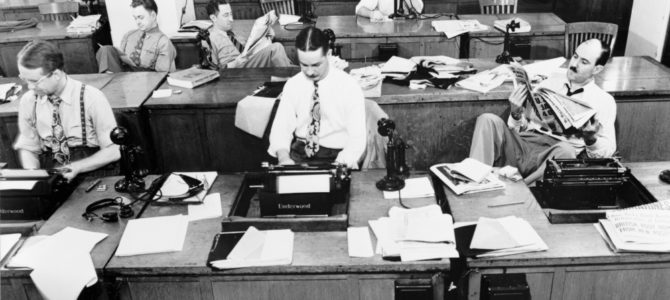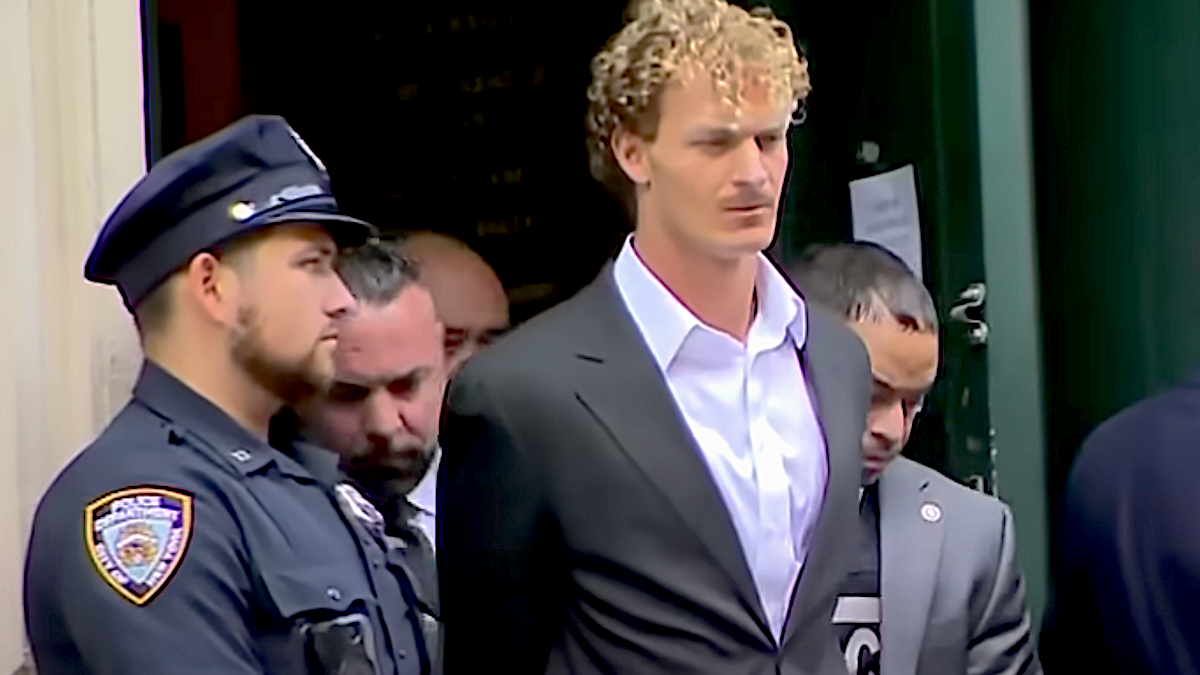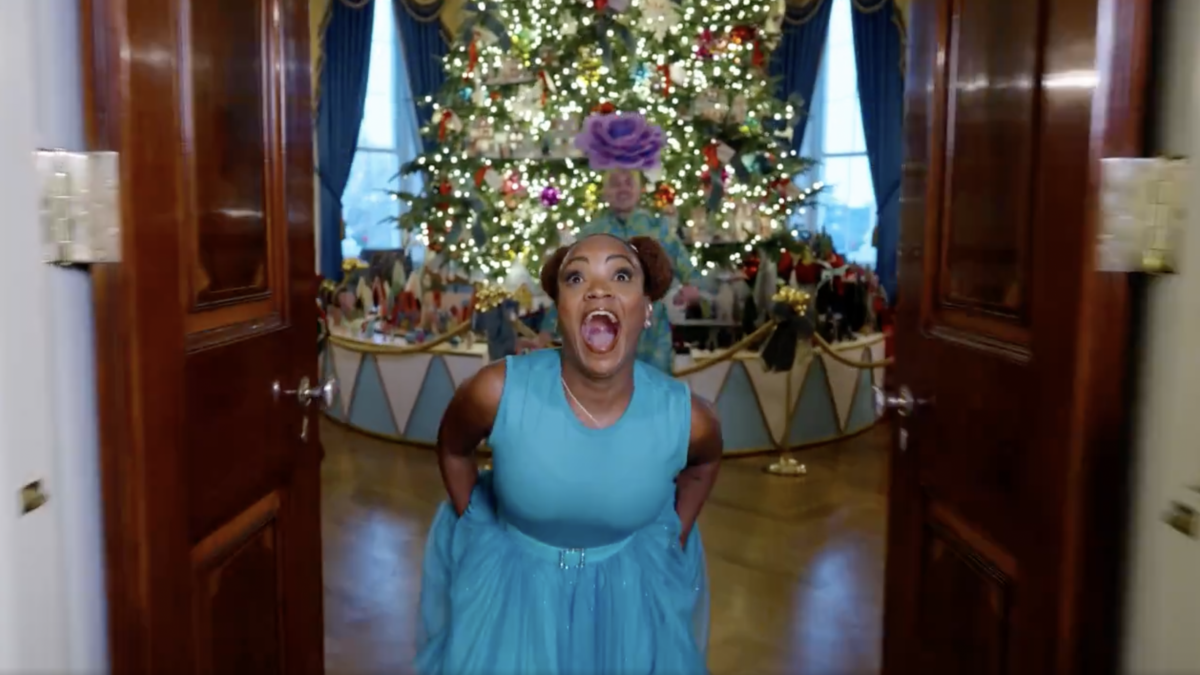
One would think in an America still suffering the social and economic devastation stemming from a global pandemic, we wouldn’t need to manufacture new crises. The deaths, lost jobs, school closures, and ugly political gamesmanship — among other things — have been quite enough, thank you very much.
But set aside your mourning, depression, and fatigue, for the Washington Post has manufactured another utterly artificial injustice supposedly worthy of our outrage and protest: the lack of women and minority political cartoonists.
As one of the nation’s most prominent newspapers, the Post stands ready to solve this manufactured inequity! As absurd as this story is, however, it serves as a further reminder that what Scott Yenor calls the “rolling revolution” always has costs and casualties.
“Whither the female and LGBTQ political cartoonists and creators of color on staff at mainstream American newspapers?” the Feb. 16 Post feature asks. Citing the Association of American Editorial Cartoonists, the WaPo notes that there are currently fewer than 30 staff newspaper jobs for full-time editorial cartoonists. “None of those positions is held by a woman,” the feature opines, citing only a few “American political cartoonists of color who have a dedicated paper.”
Yes, the article notes, many “female and LGBTQ cartoonists and creators of color” are published via contract and freelance work, “but the imbalance persists across much of mainstream editorial cartooning.” As one political cartoonist bluntly argues, there are too many “white guys.”
You might scratch your head at all the fuss about the lack of diversity in a subset of a profession that across the entire country amounts to fewer than 30 people. Indeed, as the Post acknowledges, it’s a profession experiencing a steep decline (in the 1980s, there were approximately 150 cartoonists with full-time jobs at American newspapers).
This downward trend correlates to the broader obsolescence of print journalism, with more than 2,000 newspapers closing in just the last two decades. So why, exactly, should anyone care about the demographics of this field?
To answer that question, a brief review of recent events at the Post is required. Last year, the paper published a bizarre 3,000-word exposé on a 2018 Halloween party hosted by their then-Pulitzer Prize-winning cartoonist Tom Toles. At this party of D.C. insiders, one guest wore blackface to mock television host Megyn Kelly. The joke flopped, with two young “women of color” confronting and berating this woman for her admittedly awful and tasteless attempt at humor.
When, two years later, the two “traumatized” women reported the incident to the Post, the paper decided to investigate. At first, Toles lied to investigating reporters and denied knowing the offending guest. Not long after — ironically enough, the day before Halloween 2020 — Toles resigned, ending his 50-year cartooning career.
Given the departure of its own old, white male political cartoonist, the Post now has an opening for the position. Ann Telnaes, a contract cartoonist who has also won a Pulitzer, is filling some of that void while the Post also features political cartoons from other established artists around the country. More cynically, this recent article bemoaning the lack of diversity offers the Post a perfect opportunity to address this injustice with a diversity hire, and then celebrate with a self-congratulatory feature praising its commitment to social justice. Huzzah!
Apart from this likely event, we also know every white, straight male political cartoonist in America will be carefully considering his future content. Any misstep that offends the ever-shifting tenets of wokedom will be used to get any of these men canceled to make way for a cadre of cartoonists with different-colored skin.
Indeed, if I were an enterprising left-wing journalist looking for a story to burnish my resume, I’d start researching all the published work of these 30-odd cartoonists and look for examples of racist, misogynist, or bigoted “microaggressions.” Surely, at one time or another, some of these guys have perpetuated patriarchal, racist, sexist norms in their artistic depiction of men, women, or minorities.
In this, we see once again the tragic, dangerous character of identity politics. Yes, of course, there should be no discrimination or prejudice when hiring political cartoonists — talented professionals should be hired and given their chance to succeed regardless of race or sex.
Yet whether it originates in left-wing legacy media, academia, or Hollywood, a problem with the content and character of this agenda is its tendency to aggravate grievance and victim culture while creating new casualties. The recent dismissals of science and health reporter Donald MacNeil and editor Lauren Wolfe from The New York Times are instructive as well as foreboding.
Unfortunately, this craze isn’t unique to journalism. Academics, athletes, comedians, business professionals, and those in many other careers are experiencing the detrimental effects of a professional culture defined by hyper-sensitivities, coerced self-censorship, and the discrediting of anyone who dissents from leftist ideology.
Much of this reflects a cynical expediency to expunge people — regardless of the gravity of their sins — to further certain ideological objectives. It also reflects a way to advance one’s career goals at the expense of others. Who can you trust at your workplace when you see coworkers fired for misdeeds that don’t even originate in intentional malice or professional incompetence? Who is safe from this?
I’ll tell you who shouldn’t be: the editorial board of the Washington Post, whose composition is predominantly white. Perhaps the more our media elites get a taste of their own medicine, the more likely they will realize that their self-serving attempts to present themselves as righteous, woke torchbearers are also self-destructive. When our culture determines who is worthy of celebration and professional accolades based less on merit and more on victimhood status, we weaken our social, educational, and political institutions, and foster new pathologies of grievance and hatred.
It’s interesting that one doesn’t hear a lot of calls for more variety of outward appearance in the most dangerous, often low-paying jobs in America — say, loggers, derrick operators, roofers, garbage collectors, power linemen, or highway maintenance workers. That few get incensed about jobs that carry little influence, status, or power suggest the motivations behind this broader ideological agenda may sometimes be more avaricious than altruistic.
Yet even when those intentions stem from a true desire for justice and equity (as I’m sure they frequently do), the cure, as we are increasingly witnessing, can often be worse than the disease.









